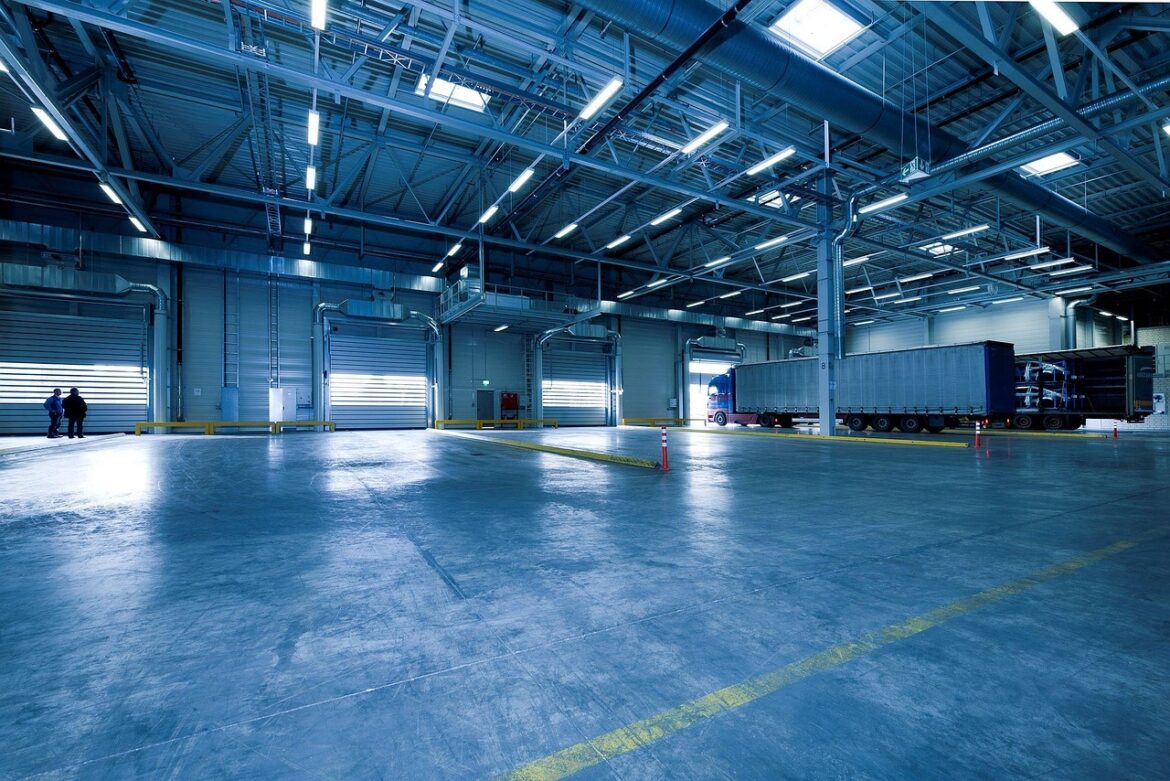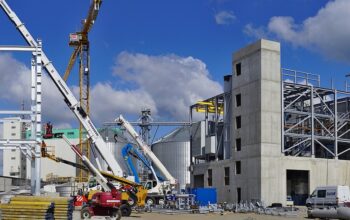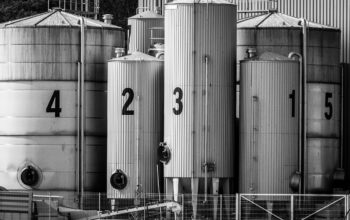Supply chains in 2025 are like a vast highway system under constant construction—sometimes smooth sailing, other times full of unexpected roadblocks. Let’s explore the latest news and trends shaping how businesses are keeping goods flowing amid complexity and disruption.
1. Trade Tensions Ease but Tariffs Still Bite Recently, the US and China have agreed to pause the steepest tariff hikes for 90 days, providing a short-term breather for international trade. However, tariffs are still influencing prices: Walmart has warned about potential price increases because of them, and import costs remain elevated. Meanwhile, shipping rates have climbed due to a surge in imports during this trade truce, making logistics more expensive overall. This pause highlights how global trade remains a balancing act of diplomacy, economics, and negotiation.
2. Cybersecurity and Contract Risks Take Center Stage A major shift in supply chain risk management is underway. An industry survey in 2025 revealed that cybersecurity threats have become a top concern for supply chain leaders worldwide. Hackers targeting digital supply networks are no longer a distant worry but an active risk. Beyond cyberattacks, companies are paying closer attention to weaknesses in supplier contracts—gaps that could lead to operational disruptions or financial losses. Increasingly, boards and executives are getting more involved in managing these risks by investing in digital tools and better contract frameworks.
3. Digital Transformation Unlocks Supply Chain Resilience Technology is more than just a buzzword for supply chains; it’s a lifeline. Companies adopting advanced digital solutions—like artificial intelligence, real-time analytics, and automation—are better equipped to anticipate disruptions and adapt faster. Leaders view digital transformation not only as a way to optimize costs but as a strategic move to build supply chain resilience. For instance, deploying robots in warehouses and leveraging AI to manage logistics decisions are becoming mainstream practices.
4. Autonomous Trucks and Robotics Enter the Fray The supply chain road is seeing new players: autonomous trucks and robots. While Texas recently proposed banning driverless trucks, the technology continues to advance rapidly, with some logistics firms partnering to test and deploy these systems. The debate around human drivers versus autonomous vehicles is heating up, reflecting broader societal questions about automation. Additionally, companies like DHL are expanding robot fleets to speed up warehouse operations, signaling that automation is reshaping logistics from end to end.
5. Supply Chain Disruptions Remain a Reality Despite technological advances and trade negotiations, supply chain disruptions remain commonplace. From geopolitical conflicts and natural disasters to pandemic aftershocks and consumer demand spikes, multiple factors continue to create uncertainty. Experts warn that disruptions are no longer single, isolated incidents but often occur simultaneously, causing ripple effects globally. This reality pushes businesses toward resilience-building strategies, focusing on flexibility and transparency across their networks.
6. Practical Lessons for Businesses Here’s what companies are doing to navigate this landscape:
- Enhanced Risk Management: Assigning executive teams to oversee supply chain risks with stronger digital monitoring.
- Contract Overhauls: Tightening contract language to close gaps and ensure supplier accountability.
- Technology Investments: Prioritizing AI-driven analytics, automation, and real-time tracking to make smarter decisions.
- Talent Focus: Combating labor shortages by retraining workers and embracing new operational models.
In Summary 2025’s supply chains are complex, volatile ecosystems shaped by geopolitics, technology, and risk awareness. The interplay between easing trade tensions, rising cybersecurity concerns, and digital innovation defines the modern supply chain journey. While challenges persist, companies that harness technology and strategic risk management stand the best chance of not just surviving but thriving in this evolving environment. In many ways, supply chain leaders today are like skilled navigators piloting a ship through unpredictable waters—relying on tools, foresight, and agility to stay on course.
This dynamic situation continues to evolve, but one thing is clear: supply chains are no longer just about moving goods; they’re about building resilient, intelligent networks ready for whatever comes next.
References:
- https://talkinglogistics.com/2025/05/16/above-the-fold-supply-chain-logistics-news-may-16-2025/
- https://www.reinsurancene.ws/cyber-threats-and-contract-weaknesses-dominate-supply-chain-risk-agenda-in-2025-wtw/
- https://www.maersk.com/insights/resilience/2025/05/16/be-ready-to-unlock-supply-chain-resilience-through-digital-transformation
- https://www.colliers.com/en/research/nrep-usind-colliers-supply-chain-solutions-report-may-2025
- https://www.jabil.com/procurement/what-we-think/blog/the-challenges-of-scm-and-how-to-overcome-them-in-2025.html
- https://www.thegoodinvestors.sg/the-latest-thoughts-from-american-technology-companies-on-ai-2025-q1/
- https://forceget.com/blog/supply-chain-disruption-2025-confronting-complexity-in-global-trade/
- https://www.ubs.com/us/en/wealth-management/insights/investment-research/potus-47/articles/quick-takes-on-the-second-trump-administration.html



